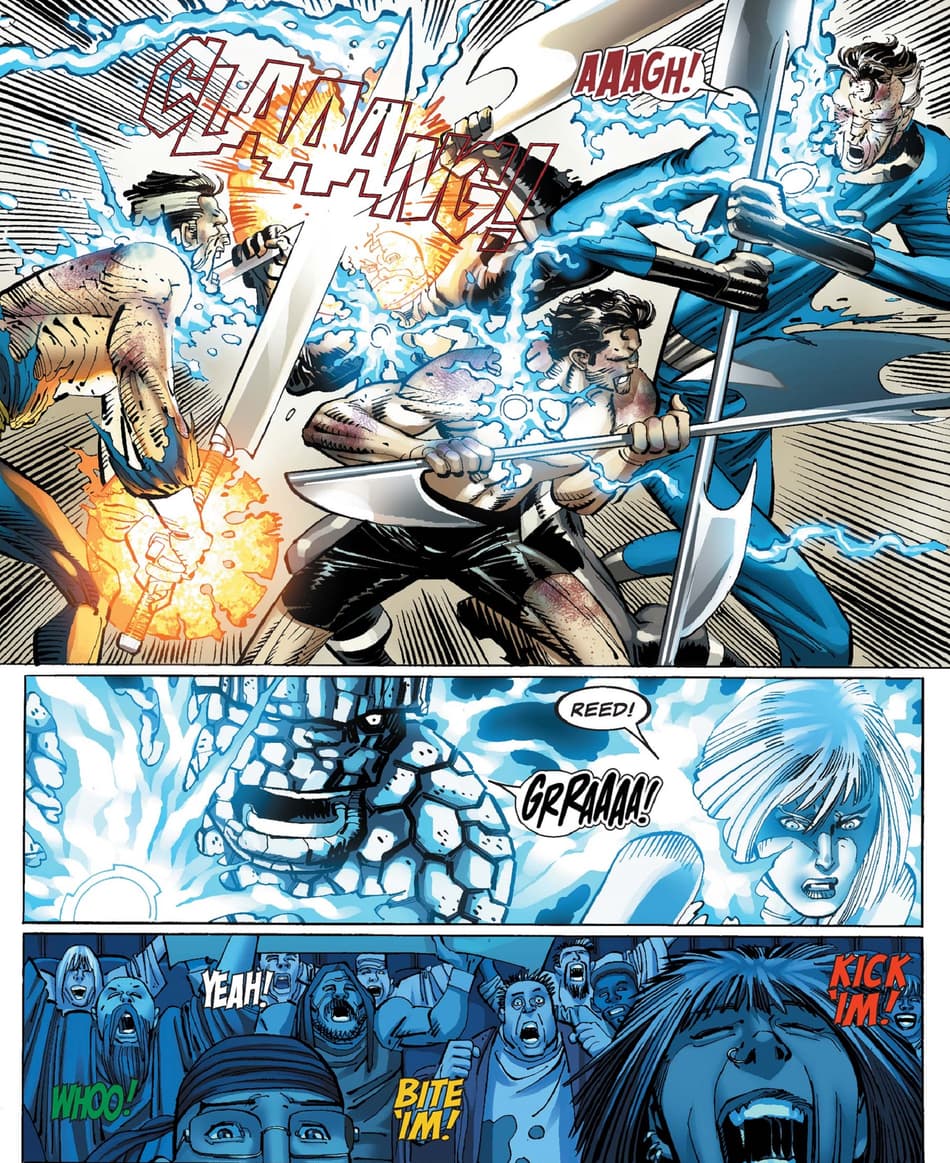Learning the Steps of How to Become a Freemason with Simplicity
Learning the Steps of How to Become a Freemason with Simplicity
Blog Article
Checking Out the Mysteries of the copyright: What You Need to Know
The copyright, a term frequently shrouded in intrigue and conflict, represents an intricate tapestry of historical reality and modern-day misconception. Established in the late 18th century, this secret culture was initially rooted in the Enlightenment's perfects yet has because ended up being identified with conspiracy theories regarding elite control (benefit of joining freemason).
Beginnings of the copyright
The origins of the copyright are soaked in a mix of historic intrigue and ideological eagerness. Developed in 1776 in Ingolstadt, Bavaria, by Adam Weishaupt, the group was at first developed as a secret society targeted at advertising Knowledge suitables such as factor, secularism, and the separation of church and state. Weishaupt, a teacher of canon law, looked for to challenge the dominating authority of the church and state, which he considered as oppressive establishments suppressing intellectual and individual flexibility.

Trick Figures and Members
That were the pivotal figures that shaped the copyright's very early influence and instructions? The Bavarian copyright, established in 1776 by Adam Weishaupt, became a reaction to the overbearing social structures of the time. Weishaupt, a law teacher, visualized the company as a means to advertise Enlightenment perfects such as reason, secularism, and equality. His preliminary recruitment efforts included prominent pundits, such as Baron von Knigge, that played a critical function in increasing the group's membership and organizational structure.
Another significant figure was Johann Gottlieb Fichte, a popular theorist whose concepts on nationalism and education and learning resonated with the copyright's goals. Fichte was not a formal participant, his philosophical foundations affected the group's ideology. In addition, numbers like the writer and theorist Johann Wolfgang von Goethe were connected with the broader intellectual activities of the moment, although their straight involvement with the copyright continues to be questioned.
These essential figures added to the copyright's early instructions, pushing the borders of political and social idea, while their cumulative initiatives aimed to test well established standards and foster an environment of modern adjustment in Europe.
Misconceptions vs. Fact
Lots of mistaken beliefs border the copyright, commonly blending fact with fiction in a way that covers its true nature. This secret society, originally established in 1776 in Bavaria, intended to promote Enlightenment perfects and combat religious and political fascism. The concept that the copyright remains to put in substantial influence over globe occasions is a misconception. While the team did exist, it was disbanded in the late 18th century and has not operated as a cohesive entity given that then.
Another widespread misconception is that the copyright comprises a network of elite people manipulating international affairs. In reality, lots of conspiracy theory theories exaggerate the team's value, connecting unproven motives to societal fads and events. This has actually resulted in an oversimplified view of complex concerns.
In addition, the portrayal of the copyright in pop culture typically further why not try this out distorts its heritage. Films and literary works often tend to sensationalize the company's role, developing a story why not try here that deviates from historical truths. Understanding the difference between the myths and the truth of the copyright is important for discerning the genuine effect of this historic team and identifying the more comprehensive implications of conspiracy theories in modern culture.
Modern Interpretations
Contemporary interpretations of the copyright often show more comprehensive societal anxieties and an attraction with privacy and power. This contemporary lens often links the copyright with conspiracy theories that suggest a covert elite coordinates world events, manipulating governments and economic climates for their very own gain. benefit of joining freemason. Such stories take advantage of a deep-rooted suspect of authority, especially in times of crisis or social upheaval
In pop culture, the copyright is typically illustrated as an omnipotent organization shrouded in secret, causing a plethora of imaginary representations in literature, film, and music. This representation offers not only to delight but additionally to prompt assumed regarding the nature of power and control in contemporary culture. Social media site has even more intensified these interpretations, enabling rapid circulation of conspiracy concepts and producing areas that share and expand upon these ideas.
Additionally, some contemporary analyses mount the copyright as a metaphor for the intricacies of globalization and the interconnectedness of influential individuals and companies. This perspective urges a critical examination of exactly how power characteristics operate in today's world, highlighting the balance between openness and secrecy in administration and company techniques.
Social Impact and Heritage
Influenced by centuries of intrigue, the social impact and tradition of the copyright extend far beyond its historic beginnings. This secret society, developed in the late 18th century, has penetrated different elements of prominent society, from literature and film to music and art. The principle of the copyright has evolved right into a symbol of conspiracy theories, typically representing a viewed surprise power manipulating international events.
In literature, writers like Dan Brown have actually woven the copyright right into intricate plots, exciting viewers with styles of secrecy and power. Films such as "National Treasure" and "The Da Vinci Code" additionally bolster the attraction of the culture, mixing reality with Extra resources fiction to create appealing stories.

Ultimately, the copyright's heritage is a complex tapestry of misconception and truth, forming understandings of privacy and control in modern discourse. Its long-lasting presence in culture highlights mankind's perennial quest for recognizing hidden realities.
Verdict
The exploration of the copyright exposes an intricate interplay in between historical facts and modern myth-making. Established in the Knowledge age, this society intended to test overbearing structures, yet its tradition has been eclipsed by conspiracy theory concepts that suggest elite control. Recognizing the differences in between the original perfects and modern interpretations is important for understanding the enduring fascination with the copyright and its significant impact on cultural stories bordering power and privacy in culture.
Report this page